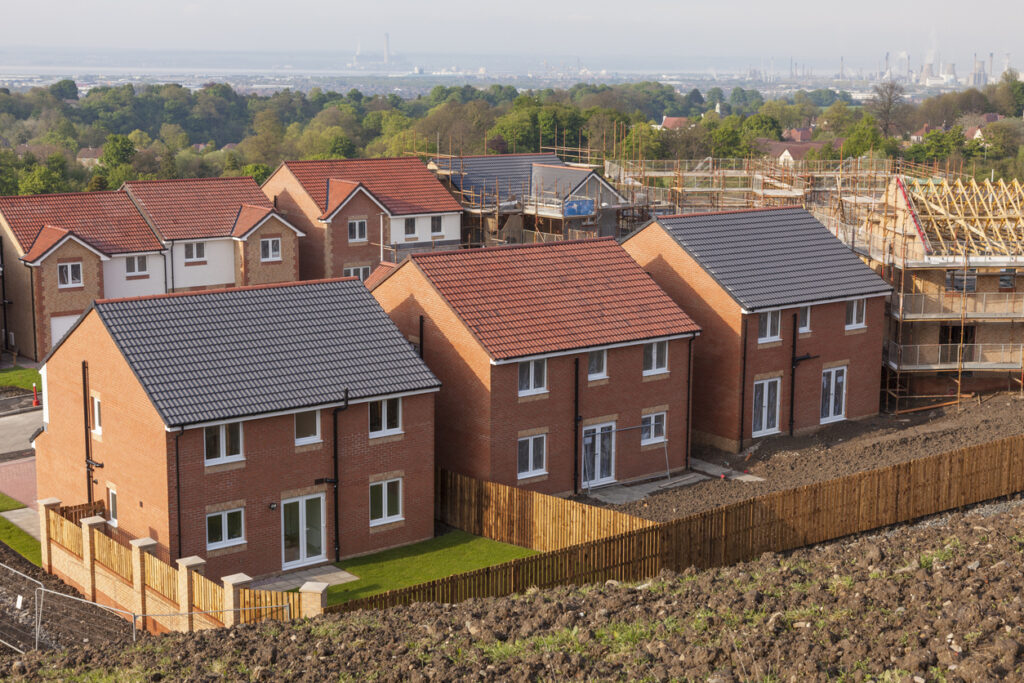What the Cooper and Powell v Ludgate House case means for rights of light disputes
The recent High Court decision in Cooper & Powell v Ludgate House Ltd [2025] EWHC 1724 (Ch) has brought renewed attention to how English law approaches rights of light disputes in the context of major urban redevelopment. This case – arising from London’s Bankside regeneration – offers valuable guidance for developers, property owners and practitioners alike on how courts balance private easement rights with public interest and modern construction pressures.
Case summary
This 2025 High Court case addressed classic yet evolving tensions between residential property rights and urban redevelopment, focusing specifically on interference with rights of light. Mr Cooper and Mr & Mrs Powell—residents at Bankside Lofts—brought claims against Ludgate House Ltd, the developer of the Arbor building, part of the Bankside Yards regeneration in London.
They alleged that the new building infringed their prescriptive rights of light, causing actionable nuisance.
What is the right of light?
A right of light (or right to light as it is sometimes referred to) is an easement acquired over time, often by prescription (20 years of uninterrupted enjoyment). English courts assess interference by reference to the Waldram method, measuring the quantum of usable light within interior spaces.
In Cooper & Powell, the judge reaffirmed that only “meaningful, enforceable” light counts—not light that would inevitably be lost due to lawful future development (particularly where s.203 Housing and Planning Act 2016 applies).
Technical debate: Waldram vs modern metrics
Ludgate House Ltd urged the court to abandon the Waldram method in favour of more modern lighting models (e.g. MDI, MDF, radiance modelling).
Mr Justice Fancourt declined, reinforcing that Waldram remains the benchmark, especially for non-specialist courts and practitioners. While modern methods have evidentiary value, they cannot yet displace the legal test of “sufficient light for ordinary purposes.”
Judgment on liability
The court found an actionable interference with both claimants’ rights. However, an injunction (e.g. demolition or forced modification of the Arbor building) was refused. Instead, negotiating damages (Wrotham Park style) were awarded in the sum of £500,000 to the Powells, and £350,000 to Mr Cooper.
These are record-setting figures for residential rights of light, based on estimated uplift in developer profit and not on diminution in property value.
Why was the judgement refused?
In applying the Shelfer/Lawrence criteria, the injunction was refused because the interference was significant, but not oppressive. The Arbor building provided public benefits (zero-carbon design, local employment). Any injunction would be disproportionate and commercially disruptive, and a section 203 resolution could make the right unenforceable anyway in future stages. Thus, monetary relief was sufficient.
What does this outcome mean?
The judgment provides important practical lessons for both rights-holders and developers. While the outcome confirms some well-established principles, it also signals how courts may continue to adapt traditional tests in light of modern building practices and public policy considerations.
Key legal takeaways include:
- The Waldram analysis remains the core legal test for rights of light.
- Modern metrics (MDI/MDF) may assist but cannot replace established legal tests.
- Injunction not guaranteed: Even where interference is serious.
- Damages can be substantial: Especially where developers act without prior settlement.
- S.203 context matters: Statutory override affects both enforceability and remedy.
Watch this space…
The Court has indicated that further procedural or appellate activity is expected in October 2025. This may clarify:
- whether negotiating damages are becoming the norm,
- how courts weigh public benefit versus private easements and potential reinterpretation of valuation methodology or
- entitlement thresholds.
Cooper & Powell sets a contemporary tone for balancing traditional property rights against the demands of urban regeneration and environmental planning. It’s a warning for developers not to rely on statutory overrides blindly—and a signal to rights-holders that financial compensation may increasingly replace injunctive relief.
We’re here to help
Rights of light disputes can quickly escalate if not handled with care. Our specialist team advises both developers and property owners on how to manage risk, resolve conflicts and protect commercial interests. From early project planning through to negotiation or litigation, we combine technical expertise with practical solutions—ensuring our clients achieve the best possible outcome while keeping projects on track.






